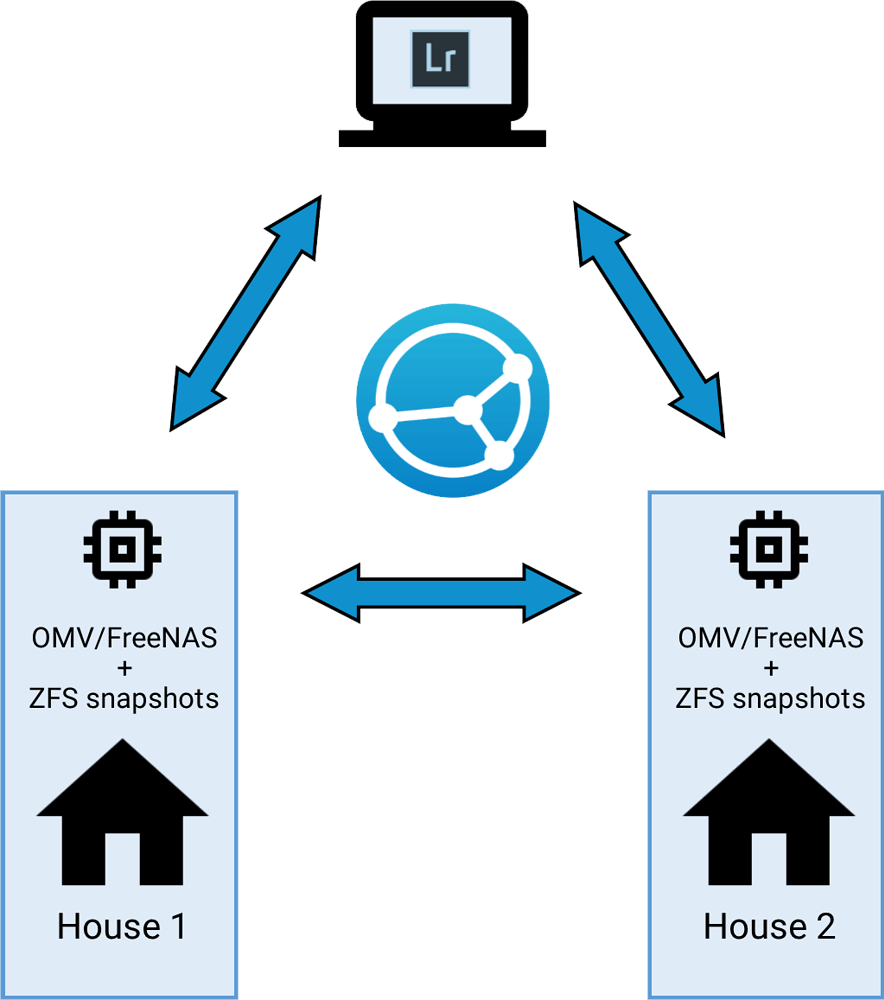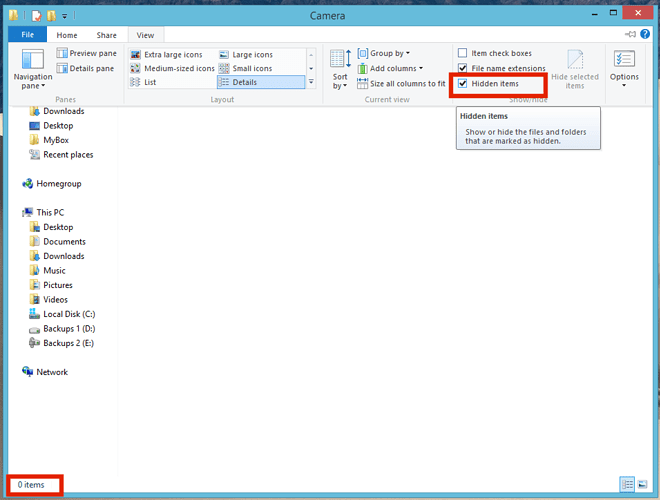

Sudo apt install syncthingxx Add systemd unit wget
SYNCTHING SETUP UPDATE
Install curl (if not already installed) sudo apt install curl Add the PGP key for the repository curl -s | sudo apt-key add - Add the repository echo "deb syncthing stable" | sudo tee /etc/apt//syncthing.list Install Syncthing sudo apt update top 100 injection molding companies on Customise Macos XQuartz : xinitrc doesn’t work.slot gacor 777 on Customise Macos XQuartz : xinitrc doesn’t work.top plastic injection molding companies in india on Customise Macos XQuartz : xinitrc doesn’t work.

SYNCTHING SETUP FULL

What about the Parameters? See the SyncThing Docs. I only edited the first three tabs: Application, Details, and Log On. To show service installation GUI: nssm install Īnd then fill in the boxes by finding the path where you installed SyncThing. The simplest is to use install & edit to get the GUI: Nssm without parameters will show you the commands you can use. I then added New-Alias nssm "C:\Program Files\nssm-2\win64\nssm.exe" to my PowerShell profile Launch NSSM Download & extract to a Program Files directory. NSSM also has no installer as of early 2020. For a server which is hosting backups and redundant copies of your files, you want a Windows service running whenever the machine is up. SyncTrayzor is great for your working machine, where you only need SyncThing to run when you are logged in. Choose a directory to install to, such as your Program Files directory.

To use SyncThing as a Service, avoid the GUI options such as SyncTrayzor and go for the GitHub download. NSSM is “the Non-Sucking Service Manager” which has a simple GUI to set up commandline programs like SyncThing as a Windows Service. It's fast, simple, well-maintained and it works. I use it on my home network both to synchronise configuration across multiple machines and as an at-home backup solution. SyncThing does what OneDrive & Google Drive can do but under your control, across your machines, with more options, and without having to touch a 3rd party data snooping provider and without having to pay 3rd party Terabyte rates.


 0 kommentar(er)
0 kommentar(er)
